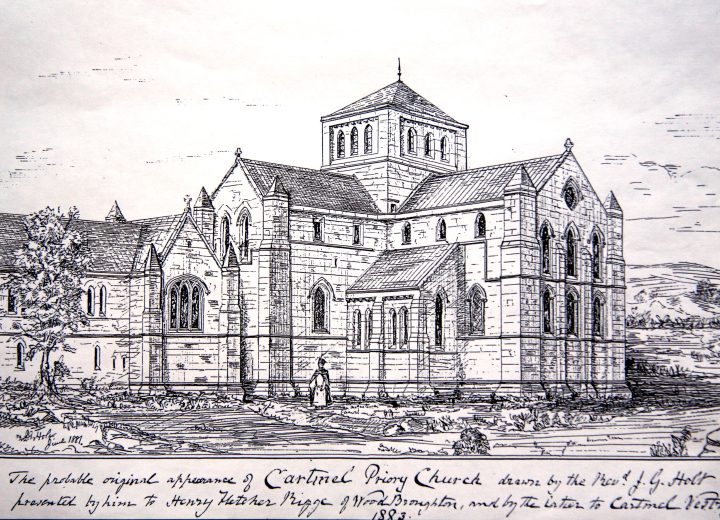

674
Land is bequeathed to St. Cuthbert by King Egfrith of Northumbria. First church established and dedicated to St. Michael.
A place of legends, myths and stories. With a history and heritage dating back centuries, it’s safe to say Cartmel Priory has many a story to tell. Steeped in history and rich with culture, the church has undergone bouts of expansion, ruin and transformation to get to where it is today.
The earliest mention of Cartmel in historical records occurs almost 500 years before the foundations of Cartmel Priory were laid, when in around 680 AD the monks of Lindisfarne took ownership of the land. This Christian era remained until 1189 when William Marshal, 1st Earl of Pembroke, founded Cartmel Priory.
The Priory was saved at the time of the Dissolution of the Monasteries in the early 1530s, owing to William Marshall being granted an altar in one of the Priory’s chapels. The villagers protested that the Priory was in fact their parish church, and so it remains.
To explore more of the Priory’s fascinating history, below is a timeline of some major moments in the history of Cartmel Priory, from its early beginnings right through to the present day.


Land is bequeathed to St. Cuthbert by King Egfrith of Northumbria. First church established and dedicated to St. Michael.
Cartmel Priory is founded
by William Marshal.
William Marshal dies and is buried as a
Knight Templar at Temple Church, London.


The Priory is built except for the second stage of the tower, east window and the extended nave.


The Priory is visited by the Archbishop of York to sort out discipline problems.
The Priory’s property is damaged by a rampaging Robert the Bruce.
The Town Choir is extended and the Harrington Tomb set in place.
The Priory is described in a Papal Bull as ‘ruinous’.
Buildings are moved from the south side to the north side due to subsidence.


The second stage bell tower and the three-bay nave added. Great east window and misericords installed.
Henry VIII dissolves the monasteries. The Priory monks are expelled and the King’s commissioners remove all assets, even stripping the roof lead. Villagers petition the King to spare the church. Four monks and 10 laymen are hung, drawn and quartered at Lancaster for treason.
Chancel reroofed, carved oak screens and canopies added over monks stalls by George Preston.
Famine and starvation strikes Cartmel. Many people die.
28th November – Cromwell’s men bivouac in the Priory causing damage, especially to the organ.
A new vestry is built, bringing the east wall in line with that of the chancel and Town Choir.


Following much neglect, the Priory is extensively restored. Galleries are demolished, plaster ceiling and the three-deck pulpit removed. Triforium arches are opened up again.
New organ installed in the Town Choir.


New altar and reredos installed.
First electric lights installed.
The bell frame is replaced and new bells added.
Magna Carta 800th Anniversary Festival - Five days of celebration and medieval festivities in and around the Priory to mark the 800th anniversary of the Magna Carta.